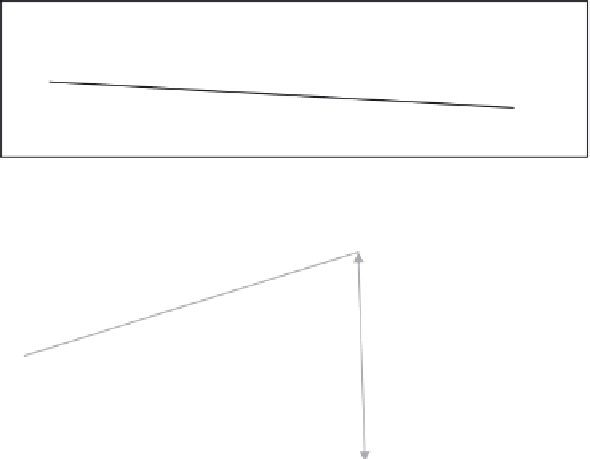Environmental Engineering Reference
In-Depth Information
Ultracapacitor potential and relative energy (versus temperature)
7
6
5
4
3
2
1
0
Energy
Voltage
60%
40
20
0
20
Temperature (
°
C)
40
60
80
2.7 V overall cell potential, 65
°
C
E0 aluminum standard potential,
1.66 V
~3.4 V cell potential at
30
°
C
C the
Using the above equation and the illustrations, show that at
30
carbon-carbon ultra-capacitor can operate at 3.4 V cell potential.
Approximate the cell potential at
30
C by tracing along the heavy line
labeled “voltage” in the chart labeled “Ultracapacitor Potential and Relative
Energy” and confirm that it does indeed pass through 3.4 V.
A6:
References
1.
Giacoletto L.J. 'Energy storage and conversion'.
IEEE Spectrum
, 1965,
vol. 2, no. 2.
2.
Richard W., Carl N.
Use of Polyethylene Terephthalate Plastic and Compo-
sition Modified Barium Titanate Powders in a Matrix that Allows Polariza-
tion and the Use of Integrated Circuit Technologies for the Production of
Lightweight Ultrahigh Electrical Energy Storage Units (EESU)
, US Patent
7,466,536B1, EESTOR, Inc., 16 December 2008.
3.
Miller J.M., Bohn T., Dougherty T.J., Deshpande U. 'Why hybridization of
energy storage is essential for future hybrid, plug-in and battery electric
vehicles'. Presented at the IEEE 1st Energy Conversion Congress and
Exposition, ECCE2009, San Jose, CA, 21-24 September 2009.
4.
Miller J.M., Deshpande U., Dougherty T.J., Bohn T. 'Power electronic
enabled active hybrid energy storage system and its economic viability'.



















































